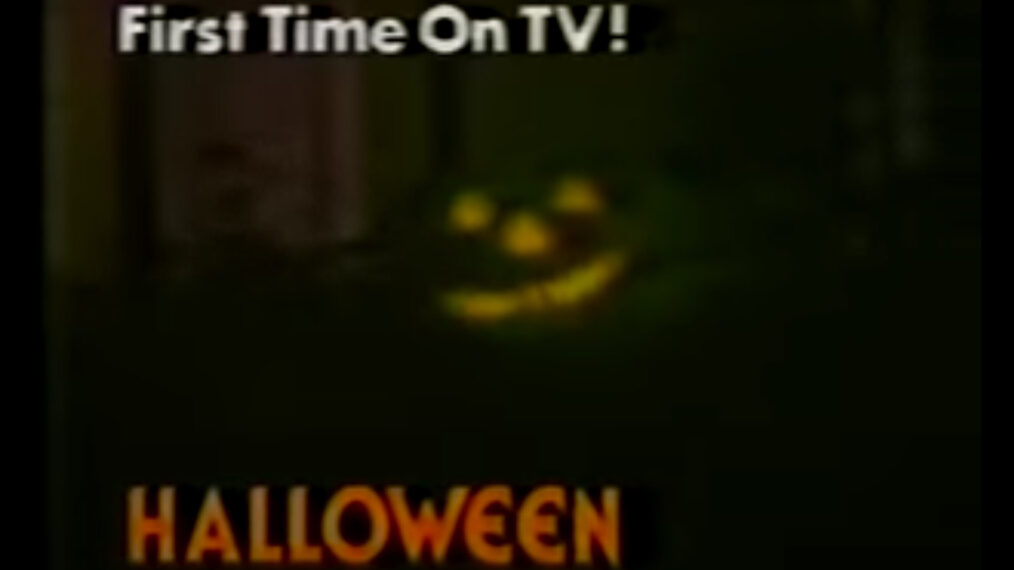John Carpenter Talks The Birth Of The Boogeyman & The Night HE Came Home
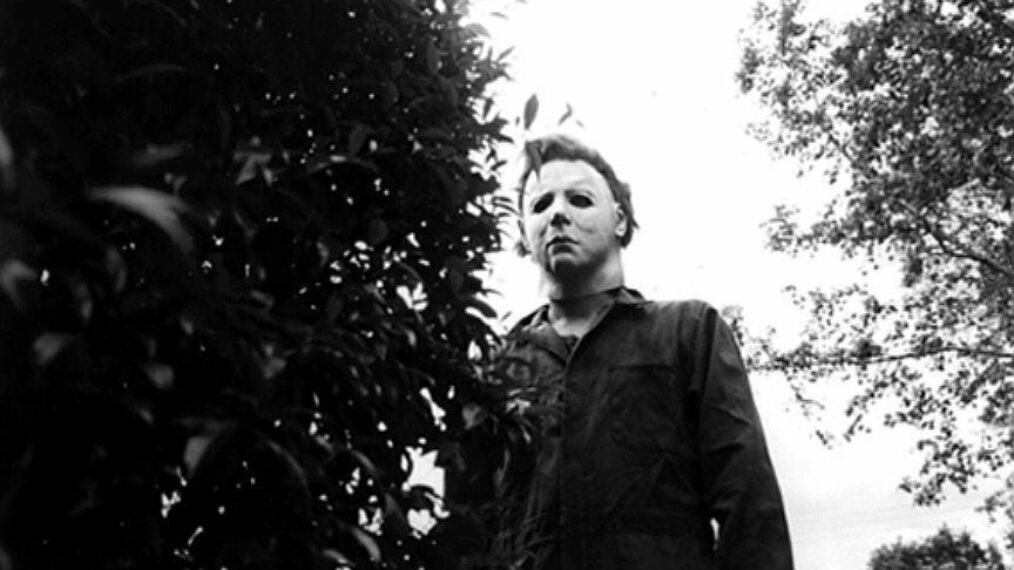
It was a cool autumn evening, leaves were blowing and kids were running between houses with bags open and costumes dangling, laughing and gathering their annual haul of candy riches as trick or treat was in full swing in 1978 Haddonfield, Illinois. We watched at the edge of our seats fully knowing that HE was lurking and that babysitter Laurie Strode (Jamie Lee Curtis) should never have gone to her babysitting gig that night. It was a film that haunted us forever.
And as our eyes were glued to the theater screen, our hearts pulsating, we watched the camera’s slow pans, listened to the deepening synthesizer notes and slowly were drawn into a world of darkness, threat and murder, all set on what could be any Halloween night anywhere in America.
Filmed on a budget of just $300,000, John Carpenter’s Halloween went on to gross $47 million at the U.S. box office during its theatrical release in 1978, making it one of the most profitable independent films ever released. Carpenter, along with co-writer and producer Debra Hill, and a small cadre of young creatives introduced the world to a new kind of movie madman in Michael Myers (the character was originally referred to as “The Shape”). Their first film kick-started the enduring slasher subgenre and initiated a cycle of movies that has taken some wild side roads in its 45-year journey. Thirteen more Halloween movies have been released since. To date, the Halloween series has made more than $884 million inflation-adjusted dollars, making it one of the most profitable horror franchises, beating out the likes of A Nightmare on Elm Street and Friday the 13th. The film franchise has spawned an immense pop culture following, as well as numerous books, comics, a video game and a cornucopia of collectibles from toys to bobbleheads, posters, T-shirts, masks and hats. Fans have now spent half their lifetimes following the masked killer, with an insatiable desire for more that keeps him coming back.
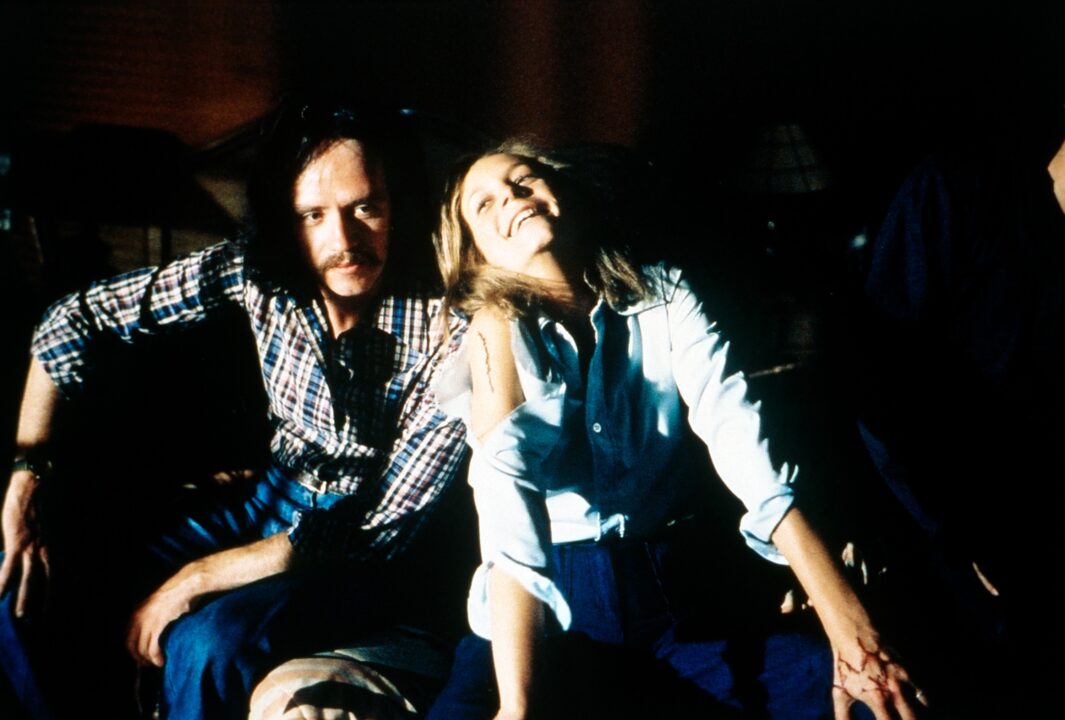
Compass International Pictures/Courtesy Everett Collection
Carpenter was just 29 years old when he was hired in 1977 by independent producer Irwin Yablans and financier Moustapha Akkad to create a film about a psychotic killer stalking babysitters. Carpenter brought on Hill as cowriter and producer and got to work. After finding their haunted house in a small South Pasadena neighborhood, they began trying to figure out who the monster was.
The answer would be found in a dime-store mask. “The thing about Michael Myers is we’re not sure, as the audience, whether he’s human or not,” Carpenter says. “He’s almost a force of nature. He’s just pure evil moving on the wind. He didn’t have a backstory. Michael is an enigma. That is why he wears the mask.”
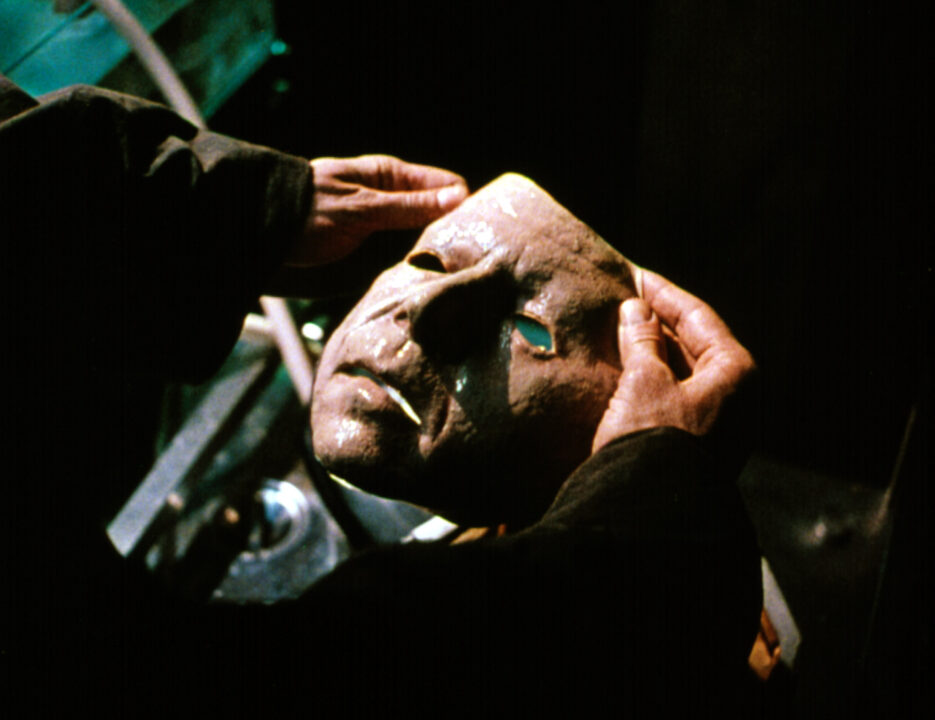
Compass International Pictures/Everett Collection
The now-legendary visage is a modified William Shatner mask from Don Post Studios, but it was not the only option considered for Michael to wear. Production designer Tommy Lee Wallace picked up two options while shopping for what would become the most famous face in horror. “There was also a clown,” Carpenter recalls. “We looked at them both, but whatever Tommy had done to the Shatner mask made it stand out. I just thought, ‘Oh, that’s it right there. Exactly as it was written. That’s great.’” While many on the production wore the mask for shots here and there, Michael was primarily played by Nick Castle, son of noted choreographer Nick Castle Sr. The choice was deliberate for Carpenter.
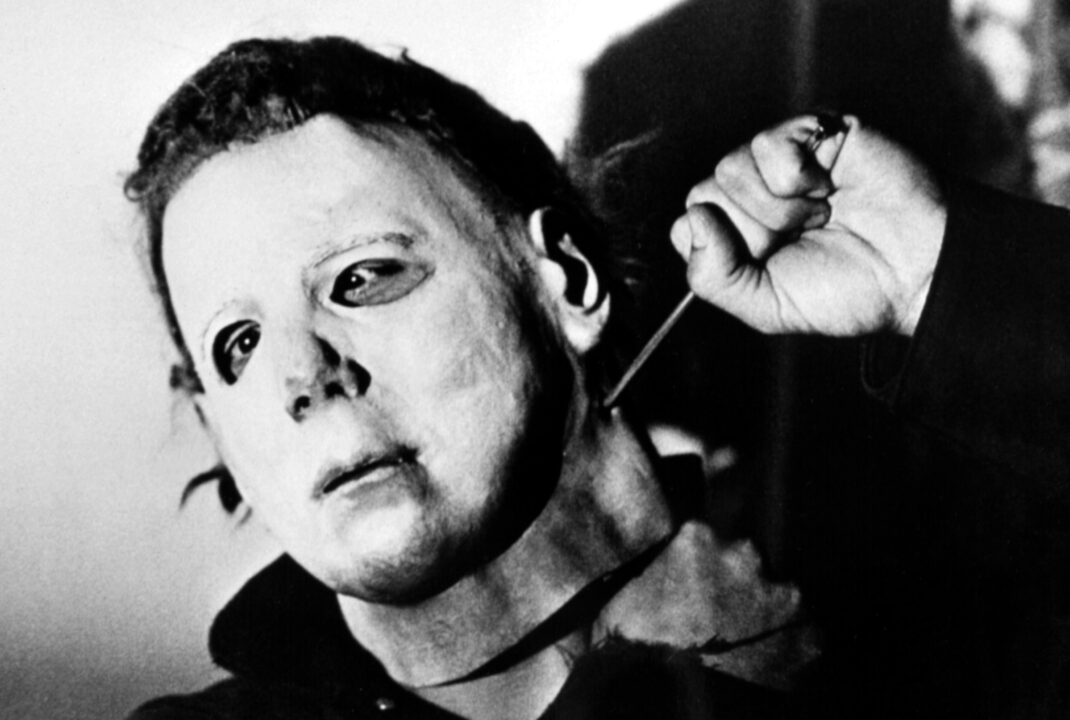
Compass International Pictures/Courtesy Everett Collection
“His father was a dance choreographer, so I knew that he knew about movement,” the director shares. “I just wanted something very simple and also didn’t want somebody big or muscular. He had to be nondescript.” Looking back at the origin of the characters, Carpenter points to parallels between Michael and Laurie: “She was different from the other kids. She was shy and didn’t fit in but wanted to be popular. That’s the connection I saw. She was an outsider, an isolated human being, and so is Michael.”
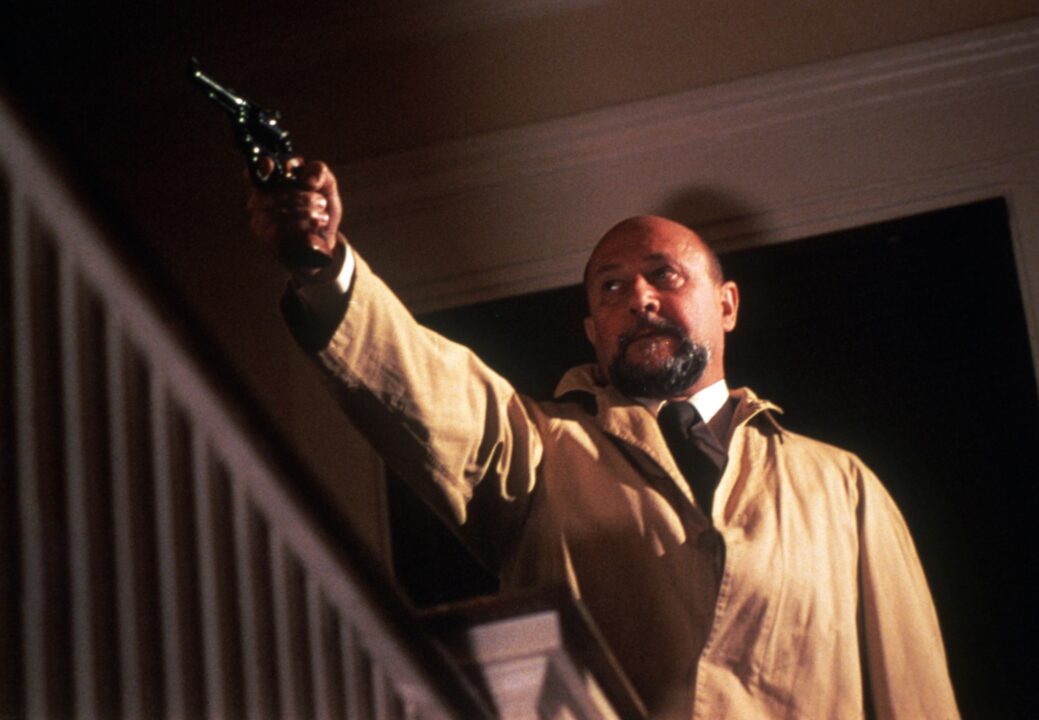
Compass International Pictures/Courtesy Everett Collection
Rounding out the three-way dance was Dr. Samuel Loomis, played by the now-departed Donald Pleasence. The British veteran was an acting hero to Carpenter and played a central role in shaping his character. Remembers the director: “I have one personal moment in the movie where Donald is on his way to Haddonfield. He’s driving out in the middle of nowhere and he’s on a pay phone. Originally it was written as him talking to his wife and there was a moment of tenderness there, ‘Pray for me, I hope I’m OK, I hope I’m not too late,’ something along those lines. And Donald says, ‘Don’t let me say this.’ So he said something like, ‘Well, if you don’t, it’s your funeral,’ as if he was talking ahead to the police department. He didn’t want any backstory. He felt it softened his character.”
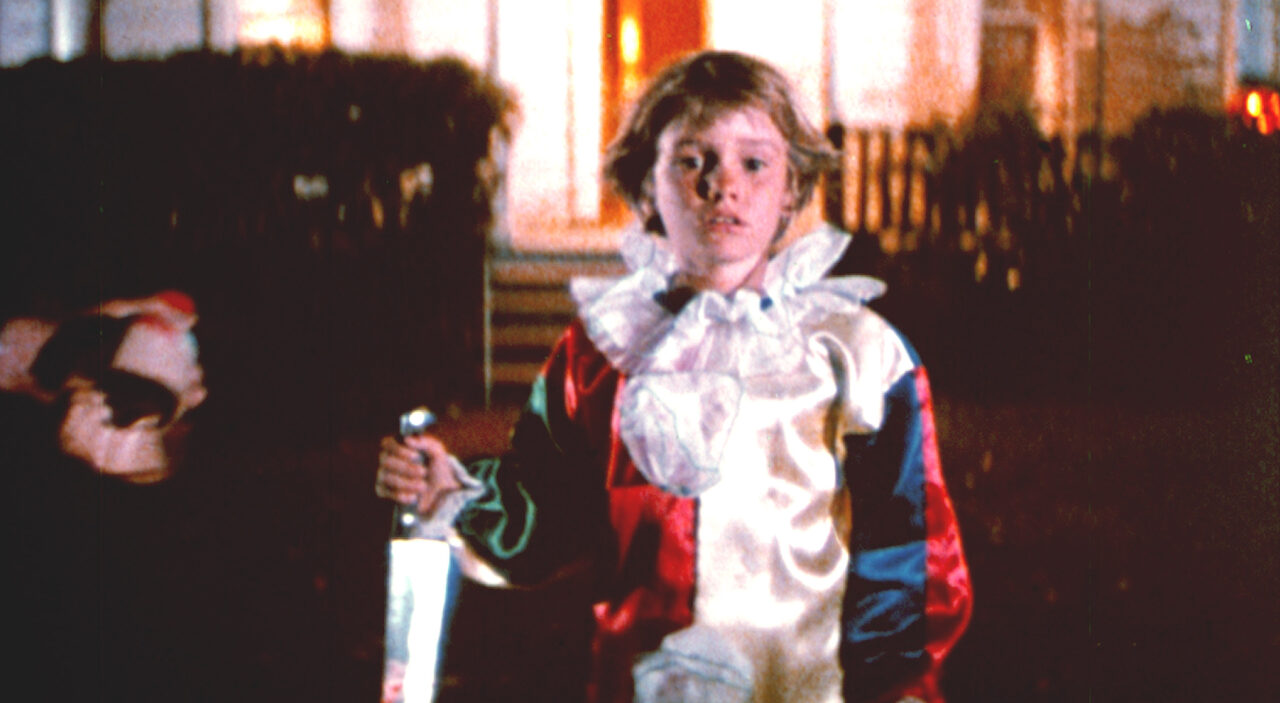
Compass International Pictures/Courtesy Everett Collection
From Halloween’s first frames that begin with a flashback to Halloween night 1963, viewers know they are in for a unique ride. That now-famous opening is from a point-of-view perspective that forces the audience to take on the eyes, ears and hands of 6-year-old Michael as he watches and then kills his sister Judith (Sandy Johnson). The signature sequence, presented as one continuous take, is actually several shots blended via clever editing by cinematographer Dean Cundey.
“Debra knew Dean,” Carpenter shares. “He brought the really spooky, weird, beautiful cinematography to the film.” The director so enjoyed collaborating with Cundey that the duo continued to team up on a series of classics including The Fog (1980), The Thing (’82) and Big Trouble in Little China (’86). Halloween was shot in and around Los Angeles, with the town of South Pasadena standing in as the primary face of fictional Haddonfield, Illinois.
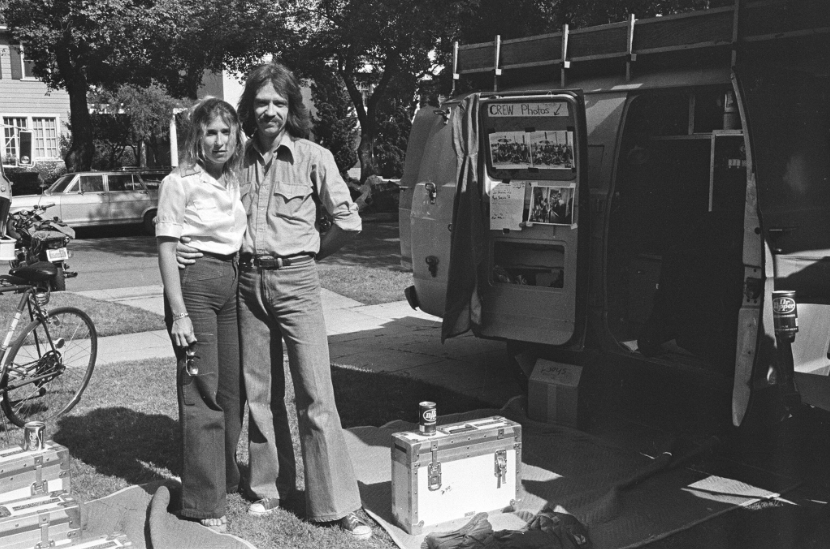
Compass International Pictures/via MovieStillsdb.com
“If you would have happened upon us, it would have just looked like a bunch of hippies standing around a truck,” Carpenter says. He and his “hippie” friends managed to capture something special on those streets, all now pilgrimage destinations for fans. But it wasn’t until Carpenter’s signature score was added that the movie really came together. “When the film was played for one executive before the music was in there, it didn’t go well,” Carpenter says. “They said, ‘There is nothing scary about this.’”
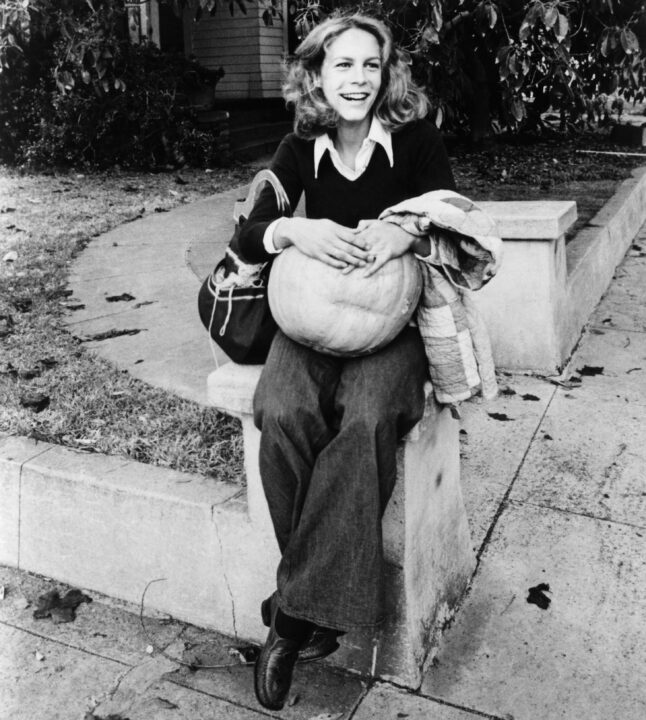
Compass International Pictures/Courtesy Everett Collection
Once his classic synth and piano soundtrack was woven in, the same executive reapproached the young filmmaker. “They called me in for a meeting and said, ‘Boy, was I wrong!’” he recalls. “It was nice.” But it was far more than just nice. Halloween became the most successful independent movie of its time, Jamie Lee Curtis skyrocketed into an enduring career and Michael Myers became the cornerstone monster on which a 43-year franchise was built. “The Shape” went from an anonymous prowler poured into the recesses of the frame behind hapless babysitters in Halloween to an unstoppable killing machine in the sequels that followed — sequels that were not part of the original plan. “I never thought this movie was worthy of a sequel,” Carpenter says, laughing, “much less several.”
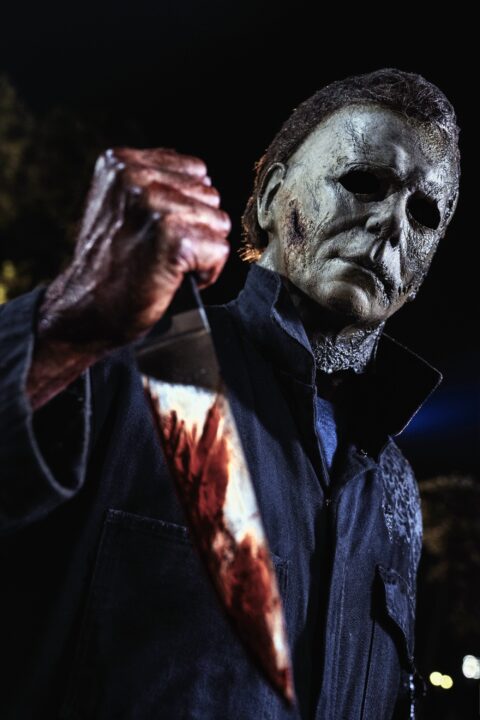
Ryan Green/Universal Pictures/Courtesy Everett Collection
Fast forward to 2021 and Halloween Kills is the next film in the lineup, followed by 2022’s Halloween Ends, in which Myers becomes the object of vengeful desire.
“The characters from the first movie come back and try to take him down,” Carpenter says. “It turns out that’s not the smart thing to do.”
Kills is the 12th Halloween film, on which the 73-year-old filmmaking legend is pulling double duty as executive producer and composer.“It is unbelievable,” says Carpenter. “David [director David Gordon Green] did a brilliant job. I’ve never seen anything like it.”
Having spent the bulk of a lifetime with Halloween, Laurie Strode and Michael Myers, Carpenter looks back on it all with a humorous, appreciative perspective. “I think it’s great,” he says, laughing.
“It gave me a career and it keeps on living. I think it’s probably going to keep living longer than I will. God help us all.”
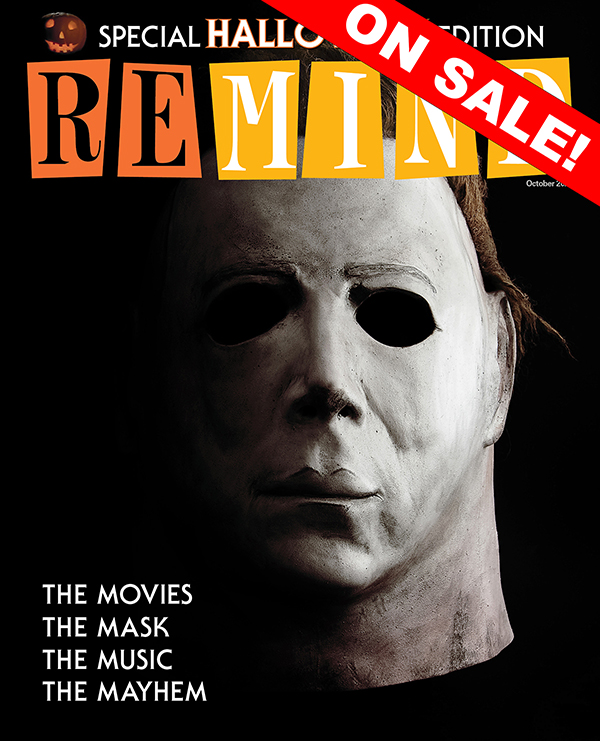
HALLOWEEN Collector's Issue
October 2021
This super-sized issue looks at the horror franchise that started them all, HALLOWEEN
Buy This Issue
